Owning a lush green lawn is a desire. To achieve this, understand basic lawn care issues. Creating a beautiful lawn can be more challenging than it seems due to various elements. Knowing these elements helps plan a vibrant lawn and its proper maintenance.
Set Your Goal: Determine your objective – a leisure space or an attractive green lawn. This shapes the necessary steps, ensuring your lawn meets your expectations.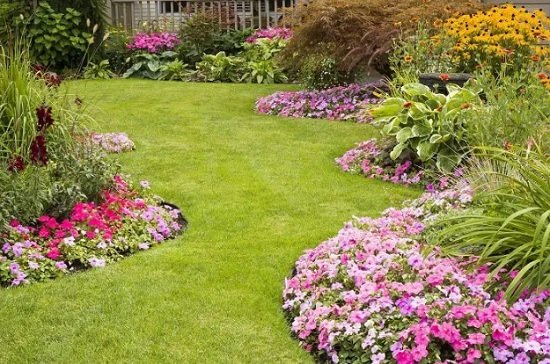
Know Your Grass Type: Consider your current grass type – an important factor. Different grasses vary in establishment ease and care needs. Opt for disease and pest-resistant varieties for long-term success.
Understand Your Soil: Understand your soil type, as fertile black soil benefits grass. Expert guidance helps you start with the right foundation.
Assess Your Lawn's Condition: Determine your lawn's state. Consider if you need to reseed or turf it to reach your goals. Check for diseases and pests.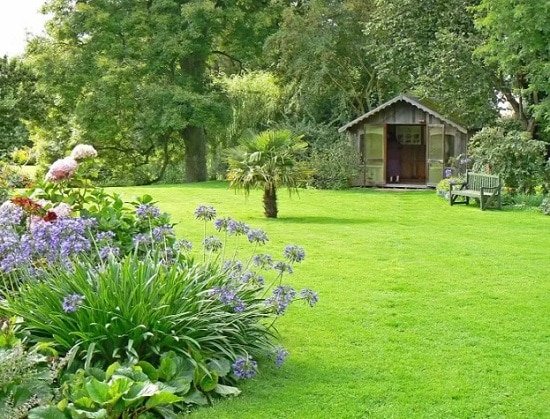
Consider Your Region: Account for your region's climate differences, affecting lawn care.
Warm-season grass varieties
Choosing and caring for grass in warm climates requires special attention as some grasses can't withstand hot and dry weather. When selecting grass for warm weather, you should be aware that these types of grass may not stay green all year round, but they have the ability to grow year after year.
1.Bermuda Grass
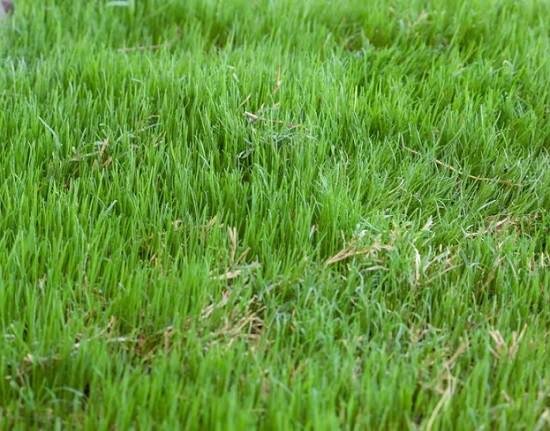
Bermuda grass is best suited for warm climates, thanks to its drought and heat resistance. This type of grass needs plenty of sunlight to maintain its lush green color and spread quickly. However, it can be difficult to prevent it from spreading to areas like driveways and flower beds.
2.Zoysia Grass
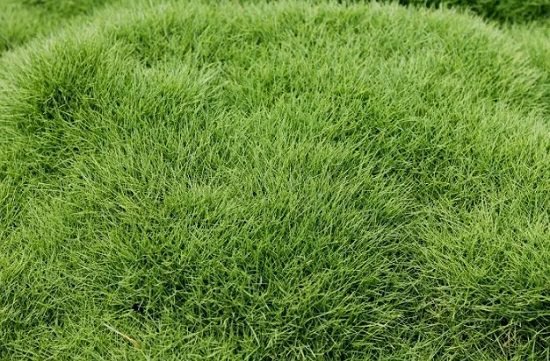
Zoysia grass is well-suited for partially shaded and sunny areas and grows slowly. You can seed, sod, or plug it. It often requires more care and maintenance compared to other warm-season grasses, and it's less drought-resistant compared to other forms of grass. However, with proper maintenance, it can provide a high-quality lawn.
3.Centipede Grass
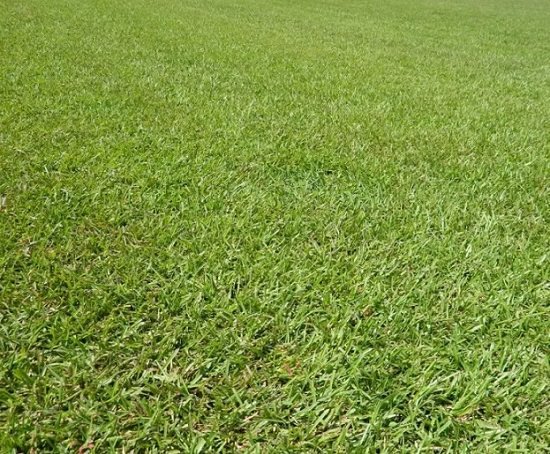
Centipede grass is resistant to weeds, requires less care, and is denser than other forms of grass. It can also tolerate some shade and often grows quite slowly but can be sprayed or seeded.
4. St. Augustine Grass
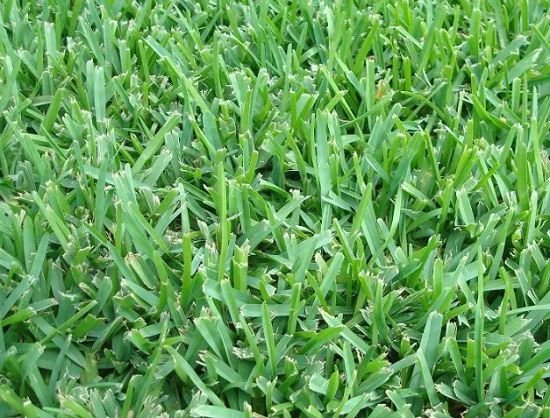
St. Augustine is a very popular variety. It spreads quickly through runners; however, it can be easily edged and is the most shade-tolerant of all warm-season grasses. Since this variety doesn't produce a lot of seed, it's usually plugged or sodded. Keep in mind that it doesn't perform well in cold temperatures and is susceptible to chinch bugs.
5. Carpet Grass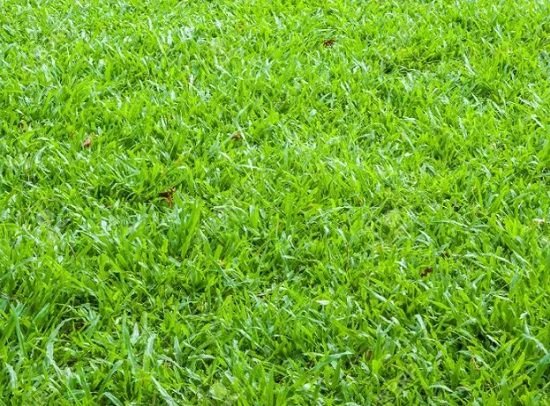
Carpet grass establishes quickly and is easy to care for. However, it's not known for providing a high-quality lawn and performs better in damp soil. Also, be aware that it often recovers slower from winter and its establishment rate is slower compared to other grass types.
*Taking care of your lawn
Weeds
Weeds can make maintaining a beautiful lawn difficult, especially broadleaf, grassy, dandelions, and crabgrass. If weed infestations become too severe, you may risk losing your lawn.
Prevention
The best way to prevent weed problems is to cut them off first. Also, make sure to choose grass seeds that are drought-resistant, pest-resistant, and disease-resistant.
Regular fertilization: Properly feed your lawn with a fertilizer rich in phosphorus and potassium as it can prevent weed growth. Use an NPK of 30-0-4 or 22-23-4.
Cut higher: Like other plants, weeds need sunlight to thrive. Raising the mowing height will help the grass grow taller and thicker. This will shade the soil, eliminating weed growth and germination.
Deep watering: Watering your lawn will help your grass develop deep roots, which in turn helps it compete better with weeds. Avoid frequent shallow watering as it promotes shallow root structures, affecting the grass's establishment and creating exposed spots vulnerable to weed invasion.
Allocate Time: Maintaining a beautiful lawn demands effort. Consider if you have the time and resources to commit to regular care.









